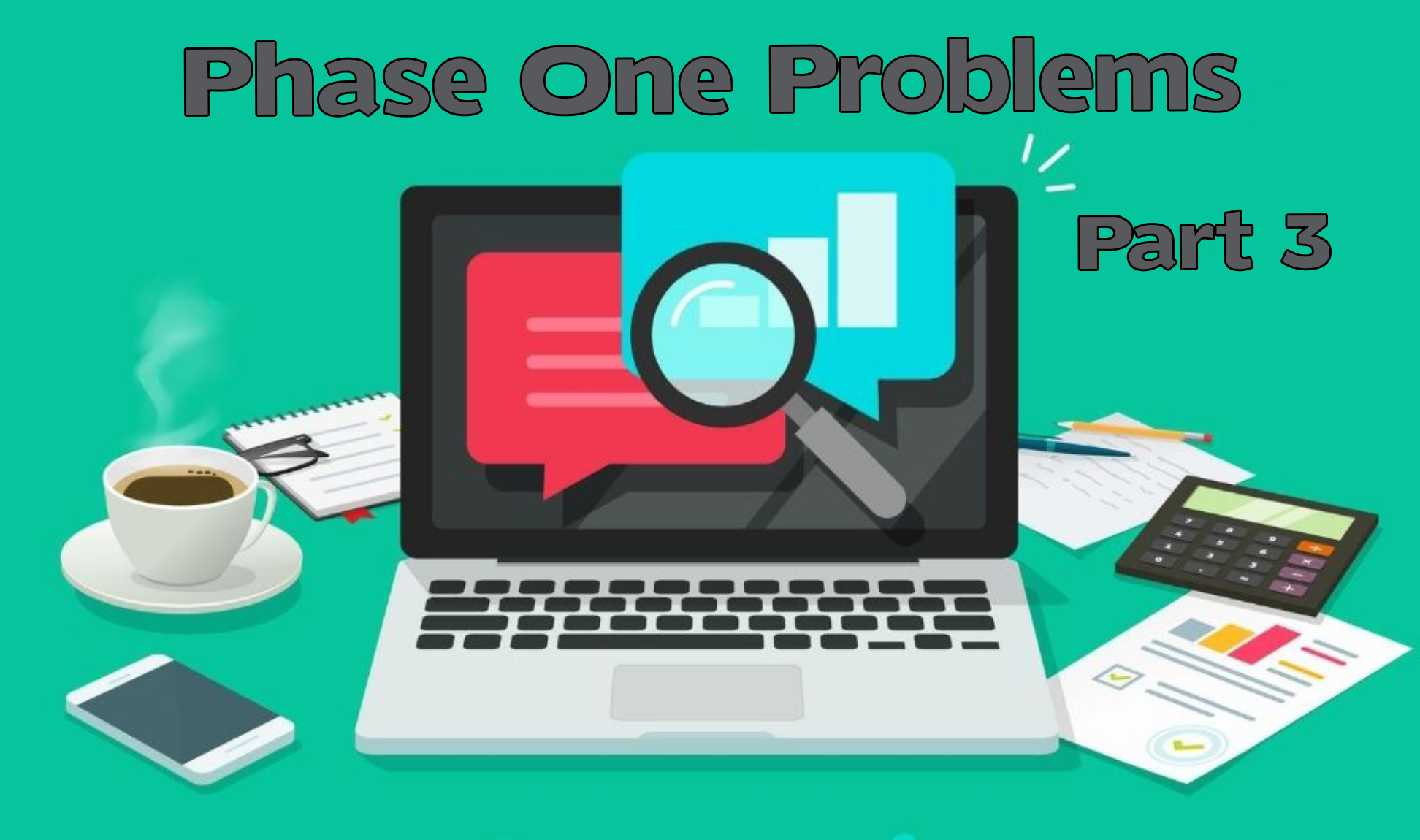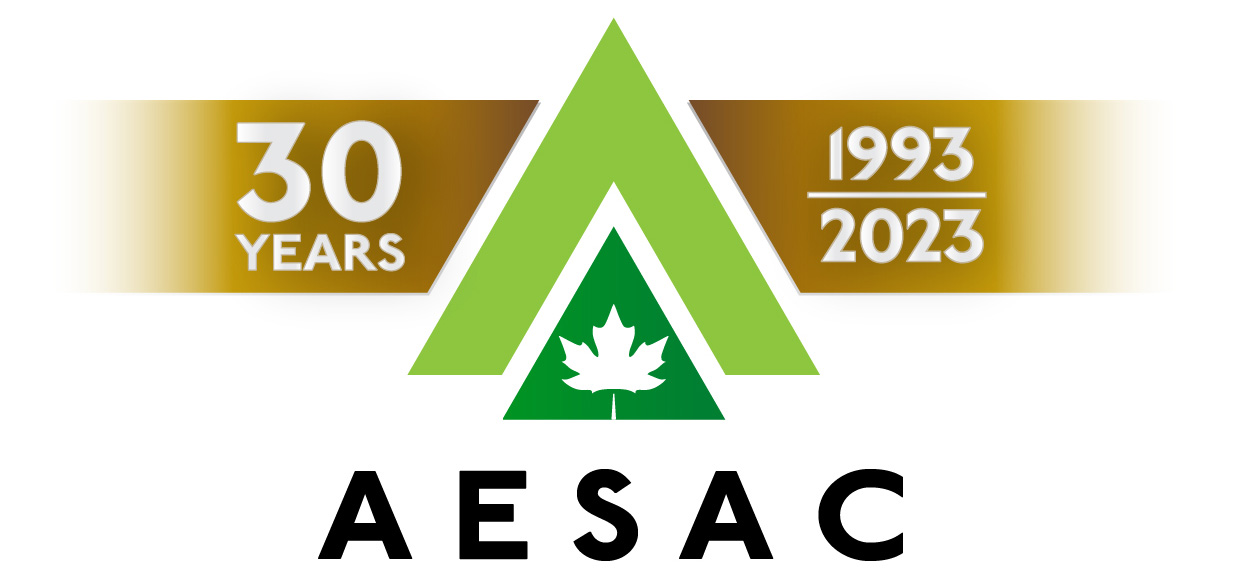- Home
- Training Courses
- Membership
- About Us
- Instructors Blog
- December 2023: All I Want For Christmas
- November 2023: ESA Report Reviews
- October 2023: Can AI Write an ESA Report?
- September 2023: Getting Paid... or Not
- August 2023: Take Me Back...
- July 2023: To Bid or Not To Bid
- June 2023: Selecting a Supplier
- April 2023: Phase 1 Problems, Part 3
- March 2023: Phase 1 Problems, Part 2
- February 2023: Phase 1 Problems, Part 1
- January 2023: Working Outside in Winter
- 2022 Blogs
- 2021 Blogs
- December 2021: Asbestos in your Home
- Sept 2021: Dirty Jars And Other Bad Things… Part 2
- August 2021: Dirty Jars And Other Bad Things… Part 1
- July 2021: How do you want that drawing to look? Part 2
- June 2021: How Did You Want That Drawing To Look? Part 1
- April 2021: So You Need a RSC... Part 2
- March 2021: So You Need a RSC... Part 1
- February 2021: What's In Your Toolbox? Part 2
- January 2021: What's In Your Toolbox? Part 1
- 2020 Blogs
- December 2020: A Day in the Life, Part 2
- November 2020: A Day in the Life, Part 1
- October 2020: Exploring Your Career Path
- September 2020: So You Want To Start Your Own Business - Part 2
- August 2020- So You Want to Start Your Own Business
- June 2020: Effective Communication
- May 2020: Tips For Working From Home
- April 2020: Conducting ESA’s During a Pandemic
- March 2020: It's Not Easy Being Green
- February 2020: Looking Ahead; Bold Predictions for the Next Decade
- January 2020: Looking Back; A Decade in Review
- 2019 Blogs
- 2018 Blogs
- 2017 Blogs
- 2016 Blogs
- 2015 Blogs
- Find an AESAC Member
Menu- Home
- Training Courses
- » Training Courses
- » Webinar Series
- » Calendar of Events
- » Course Registration
- » Course Instructors
- » Testimonials
- Membership
- » Become a Member
- » Certifications
- » Membership Search
- » Update Member Profile
- » Members Only
- » » Member Login
- » » Membership Renewal
- » » Create/Change Password
- » » CESA Certification Application
- About Us
- » About AESAC
- » Course Instructors
- » Contact Us
- Instructors Blog
- » December 2023: All I Want For Christmas
- » November 2023: ESA Report Reviews
- » October 2023: Can AI Write an ESA Report?
- » September 2023: Getting Paid... or Not
- » August 2023: Take Me Back...
- » July 2023: To Bid or Not To Bid
- » June 2023: Selecting a Supplier
- » April 2023: Phase 1 Problems, Part 3
- » March 2023: Phase 1 Problems, Part 2
- » February 2023: Phase 1 Problems, Part 1
- » January 2023: Working Outside in Winter
- » 2022 Blogs
- » » December 2022: Advice To My Younger Self
- » » October 2022: Pre-Purchase Due Diligence
- » » Sept 2022: Words Matter
- » » July 2022: Let Us Come To You
- » » April 2022: Due Diligence
- » » March 2022: Time Management
- » » February 2022: Spinning Augers... Part 2
- » » January 2022: Spinning Augers... Part 1
- » 2021 Blogs
- » » December 2021: Asbestos in your Home
- » » Sept 2021: Dirty Jars And Other Bad Things… Part 2
- » » August 2021: Dirty Jars And Other Bad Things… Part 1
- » » July 2021: How do you want that drawing to look? Part 2
- » » June 2021: How Did You Want That Drawing To Look? Part 1
- » » April 2021: So You Need a RSC... Part 2
- » » March 2021: So You Need a RSC... Part 1
- » » February 2021: What's In Your Toolbox? Part 2
- » » January 2021: What's In Your Toolbox? Part 1
- » 2020 Blogs
- » » December 2020: A Day in the Life, Part 2
- » » November 2020: A Day in the Life, Part 1
- » » October 2020: Exploring Your Career Path
- » » September 2020: So You Want To Start Your Own Business - Part 2
- » » August 2020- So You Want to Start Your Own Business
- » » June 2020: Effective Communication
- » » May 2020: Tips For Working From Home
- » » April 2020: Conducting ESA’s During a Pandemic
- » » March 2020: It's Not Easy Being Green
- » » February 2020: Looking Ahead; Bold Predictions for the Next Decade
- » » January 2020: Looking Back; A Decade in Review
- » 2019 Blogs
- » » November 2019
- » » September 2019
- » » August 2019
- » » July 2019
- » » May 2019
- » » March 2019
- » » February 2019
- » » January 2019
- » 2018 Blogs
- » » November 2018
- » » October 2018
- » » September 2018
- » » August 2018
- » » July 2018
- » » June 2018
- » » May 2018
- » » March 2018
- » » February 2018
- » » January 2018
- » 2017 Blogs
- » » April 2017
- » » June 2017
- » » August 2017
- » » September 2017
- » » December 2017
- » 2016 Blogs
- » » October 2016
- » » September 2016
- » » August 2016
- » » July 2016
- » » June 2016
- » » March 2016
- » » January 2016
- » » December 2016
- » » November 2016
- » 2015 Blogs
- » » April 2015
- » » July 2015
- » » September 2015
- » » October 2015
- » » December 2015
- Find an AESAC Member
Over the last few blogs I have discussed some of the structural and procedural errors commonly encountered when conducting a Phase One Environmental Site Assessment (ESA). This month I continue with the examination of problems with ESA interviews and site inspections.
The Interview
Interviews are an important facet of ESA work that in my opinion, are often overlooked and underperformed. According to CSA Standard Z768-01, the purpose of the interview is to corroborate or augment the information gathered in the records review, or the site visit; or to provide information useful to planning the Site visit. The selection of interviewees by the assessor is just as important as the content of the interviews – and the assessor should document their rationale for selection of interviewees. Interviewing the client at the start of the project can identify the involved stakeholders and determine their objectives; since the client may be a completely different entity than the property owner and the tenants. The assessor also needs to interview property owner(s), tenants, past owners and others with knowledge of the property and its historical development. CSA also stipulates that the assessor make a reasonable attempt to interview at least one of several types of government agencies or officials, especially in cases where there may be a lack of knowledgeable site contacts. The most deficient interview process I have encountered in peer review comprised a single interview with only the owner/vendor’s real estate agent. Of course all the interview answers consisted of “Not that I am aware of….” This can be difficult when there are conflicting accounts, faulty memories or in some cases, outright bias or deceit. The assessor must ensure sufficient interviews are conducted with knowledgeable individuals so that the observations and findings are fully supported, potential bias is ruled out, and conclusions are justifiable.The Site Inspection
The site inspection (site reconnaissance) is an integral and vital part of the ESA process. The assessor must view all areas of the property that are safely accessible. There may be difficulties with denied or restricted access, limiting factors such as heavy snow cover, possible time limits for the inspection, or conflicts with the availability of knowledgeable site staff. These difficulties can be further compounded since many of the potential environmental concerns that we need to identify are historical and may no longer be present at the property. This necessitates a search for hidden clues to past problems – such as evidence of former fuel storage (vent/fill pipes, records of old boilers); importation of suspect fill (unusual grading, ground disturbance); or the presence of Special Attention Items such as asbestos or lead paint. It is helpful to have a knowledgeable staff member accompany the assessor, not just for information about the site and activities, but also from a safety perspective if there are any potential hazards at the Site. The assessor should plan the timing, scope and coverage of their site visit in advance. It's helpful to send a list of required documents, personnel and areas for inspection to the facility in advance of the inspection so that site staff can prepare for the visit. One must also consider any health and safety requirements – this can require site specific PPE and/or safety training/orientation. Lastly, the extent of the inspection and time required for completion can vary significantly with the size, age, complexity and location of the subject property – and these variables must be considered in the budget, planning and health and safety aspects for all ESA site inspections.In future blog(s) I will cover some of pitfalls that an assessor may run into with interpretation of collected data and Phase One ESA reporting.
Bill Leedham, P. Geo., CESA
Bill is the Head Instructor and Course Developer for the Associated Environmental Site Assessors of Canada (www.aesac.ca); and the founder and President of Down 2 Earth Environmental Services Inc. You can contact Bill at info@down2earthenvironmental.ca
Training Courses
Membership
About Us
Contact UsCopyright (c) 2024 Associated Environmental Site Assessors of Canada; AESAC Inc.



